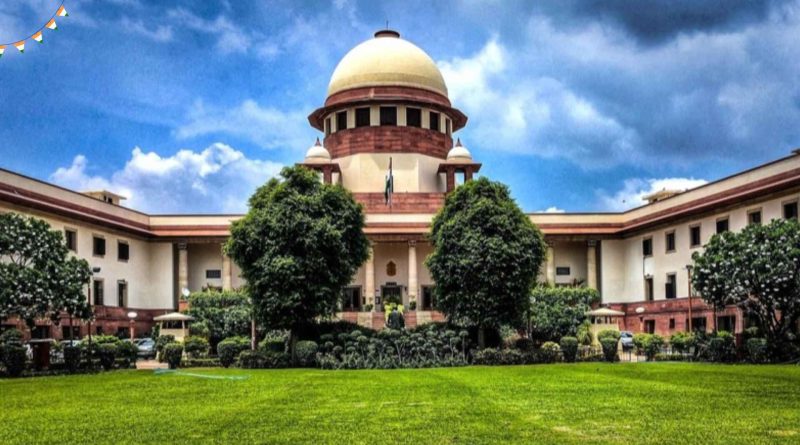Implications of Granting Indian Citizenship to Bangladeshi Immigrants on Assam’s Socio-Cultural Fabric: A Judicial Scrutiny
The highest echelons of justice were set abuzz as the Supreme Court delved into the labyrinthine discourse surrounding 17 petitions questioning the constitutional validity of Section 6A of the Citizenship Act, particularly concerning illegal immigrants in Assam. The court, led by Chief Justice DY Chandrachud, sought empirical evidence on the beneficiaries of Section 6A, emphasizing the lack of material indicative of the magnitude to which granting Indian citizenship to Bangladeshi immigrants between 1966 and 1971 might have reshaped the demographic and cultural identity of the border state.
While cognizant of the vexing issue of cross-border infiltration in Assam, the constitutional bench underscored the humanitarian dimensions of the 1971 Indo-Pakistan war, a pivotal event that led to the liberation of Bangladesh and an influx of immigrants. The juxtaposition of this historical context with the present legal conundrum lent a nuanced perspective to the court’s deliberations.
Section 6A, a specialized provision enshrined in the Citizenship Act, was conceived to address the citizenship status of individuals covered by the Assam Accord. It stipulates that those who arrived in Assam between January 1, 1966, and March 25, 1971, hailing from designated territories, including Bangladesh, must register themselves under Section 18 to attain Indian citizenship. The provision thus establishes March 25, 1971, as the pivotal date for conferring citizenship upon Bangladeshi migrants in Assam.
The judicial bench, inquisitive and discerning, probed the argument presented by senior advocate Shyam Divan, who contended that the socio-cultural, economic, and other rights of indigenous people were jeopardized by the influx and the peculiar provision of Section 6A. The court, however, noted a paucity of evidence substantiating the grave impact asserted by Divan during the critical period between 1966 and 1971.
Chief Justice Chandrachud articulated a delicate balance, acknowledging the legislative intent behind Section 6A in the context of India’s significant role in the creation of Bangladesh during the war. The court queried Solicitor General Tushar Mehta to furnish data regarding the beneficiaries of the legislation from 1966 to July 16, 2013, highlighting the need for empirical substantiation.
The nuanced dialogue extended to the constitutional ethos, with Divan arguing that Section 6A transgressed the fundamental principles of the Constitution, particularly the preambular values of secularism, fraternity, and brotherhood. The court, keen on establishing the uniqueness of Assam’s predicament, pressed Divan to demonstrate the parity of illegal immigration issues with other border states.
The discourse meandered through diverse facets, including the quantum of illegal immigration, potential threats identified in reports by figures such as S.K. Sinha, and the need for safeguarding cultural rights. Divan, resilient in his stance, sought a declaration of the provision’s invalidity and implored the Center to formulate a policy for the settlement and rehabilitation of individuals of Indian origin in Assam.
As the legal odyssey unfolded, the court scrutinized census data, questioning the sudden increase in infiltration post-amendment and contemplating its impact on the validity of the legislative change. Divan, in response, emphasized the need for uniformity in laws across the federation and underscored the undue burden placed on Assam as a singular unit.
The labyrinthine legal discourse is poised to resume, with 17 petitions, including the one filed by the NGO Assam Public Works in 2009, awaiting adjudication. The insertion of Section 6A into the Citizenship Act under the Assam Accord remains a focal point, signifying a delicate balance between historical context and contemporary legal scrutiny.

